Home>Articles>Why Is It Dangerous To Use An Electrical Cord With A Break In It
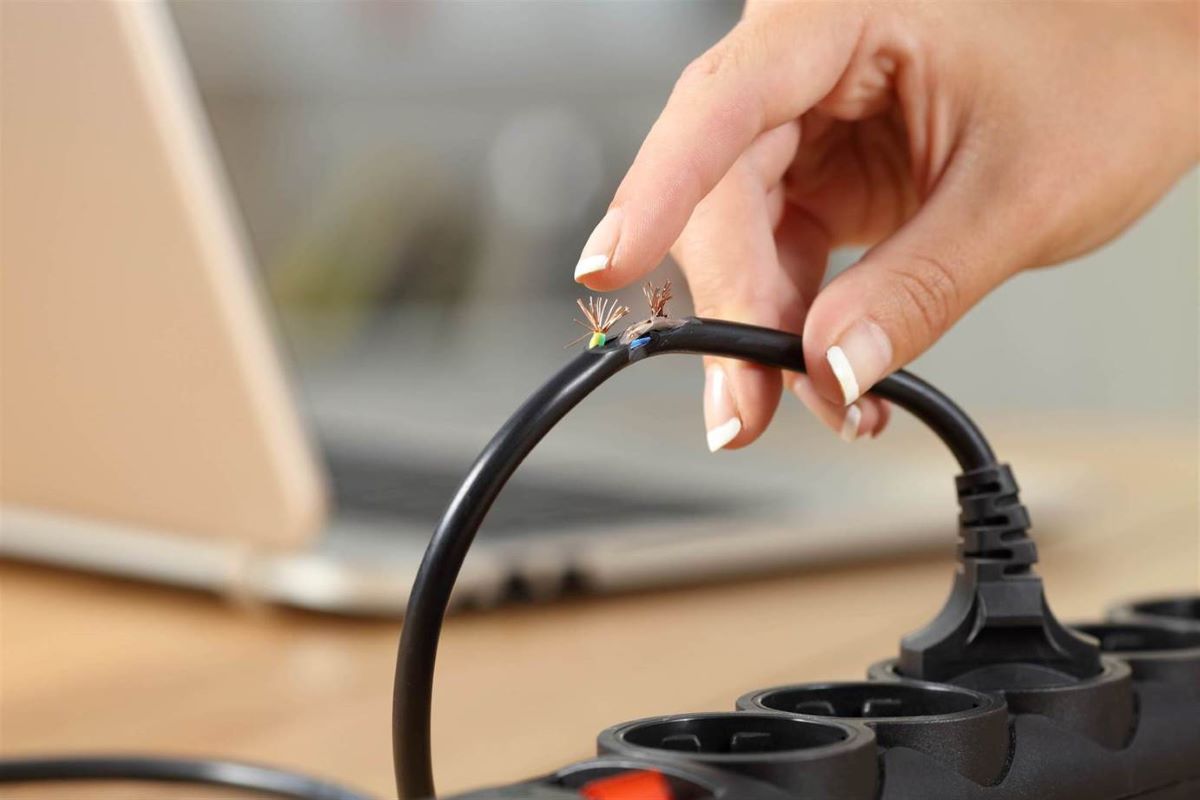

Articles
Why Is It Dangerous To Use An Electrical Cord With A Break In It
Modified: August 27, 2024
Discover why it's risky to employ a faulty electrical cord in our comprehensive articles on electrical safety. Learn to prioritize your well-being!
(Many of the links in this article redirect to a specific reviewed product. Your purchase of these products through affiliate links helps to generate commission for Storables.com, at no extra cost. Learn more)
Introduction
Electrical cords are an essential part of our daily lives. We use them to power our electronic devices, appliances, and tools. However, it’s important to recognize the potential dangers of using an electrical cord with a break in it. A break in an electrical cord refers to any damage or cut in the cord’s insulation or the wires inside it. While it may be tempting to continue using a cord with a break, doing so can have serious consequences.
Understanding the risks associated with using a damaged electrical cord is crucial for ensuring the safety of yourself, your loved ones, and your property. This article will explore why it’s dangerous to use an electrical cord with a break and how to prevent such incidents from occurring.
Key Takeaways:
- Using an electrical cord with a break poses severe risks, including electric shock, fire hazards, and damage to appliances. Promptly replacing or repairing damaged cords is crucial for ensuring safety and preventing accidents.
- Prevention is key to avoiding cord breaks. Handle cords with care, avoid overloading, and regularly inspect for damage. Prioritizing electrical safety safeguards your property and promotes a reliable electrical system.
Read more: Why Is Insulation Dangerous
Understanding the Electrical Cord
Before delving into the dangers of using a cord with a break, it’s important to understand the basic components of an electrical cord. An electrical cord typically consists of two main parts: the cord itself and the plug.
The cord is made up of multiple wires, usually encased in a protective outer covering called insulation. The wires inside the cord are responsible for conducting electricity from one end to the other. The number and gauge of the wires may vary depending on the cord’s purpose and load-bearing capacity.
The plug, on the other hand, contains metal prongs or pins that connect to the electrical outlet. These prongs allow the flow of electricity into the cord and ultimately power the connected device. The plug also often includes a grounding prong for safety purposes.
Electrical cords are designed to be flexible and durable, enabling them to withstand everyday use and movement. However, they are not indestructible and can sustain damage over time due to various factors.
Now that we have a basic understanding of electrical cords, let’s explore what can cause a break in an electrical cord in the next section.
What Causes a Break in an Electrical Cord?
A break in an electrical cord can occur due to a variety of reasons. Some common causes include:
- Physical Damage: Electrical cords can be subject to physical abuse, such as being stepped on, pinched in doors, or caught in moving parts of machinery. These incidents can result in cuts, tears, or frayed wires.
- Aging and Wear: Over time, the insulation on electrical cords can deteriorate due to environmental factors like heat, cold, moisture, and exposure to sunlight. Continuous bending, twisting, and coiling of the cord can also lead to wear and tear, weakening the insulation over time.
- Poor Storage: Improper storage of electrical cords, such as tightly winding them up, can cause stress on the cord, leading to breaks or kinks in the insulation or wires.
- Animal Interference: Curious pets or wildlife can chew or gnaw on electrical cords, causing breaks or exposing wires. This poses a significant risk of electric shock or fire hazards.
- Manufacturing Defects: In some cases, a break in an electrical cord can be attributed to a manufacturing defect, such as faulty insulation or weak wire connections. These defects may not be immediately apparent but can manifest over time.
It’s essential to be aware of these causes as they can significantly impact the safety and functionality of your electrical cords. Regular inspection and proactive measures can help prevent breaks and reduce the risks associated with damaged cords.
Dangers of Using an Electrical Cord with a Break
Using an electrical cord with a break can pose several dangers and hazards, both to your personal safety and your property. It’s crucial to understand these risks to prevent potential accidents or damage. Here are some of the dangers associated with using a cord with a break:
- Electrical Hazards and Safety Risks: When an electrical cord has a break, it can expose the internal wires or conductors. This puts you at risk of electric shock if you come into contact with the exposed wires while the cord is plugged in and powered. Electric shock can range from mild discomfort to severe burns and can even be fatal.
- Potential Fire Hazards: A break in an electrical cord can lead to a significant fire hazard, especially if the exposed wires come into contact with flammable materials. The sparks or heat generated by the exposed wires can ignite a fire, endangering both your property and your life.
- Damage to Appliances and Equipment: Using a cord with a break can also damage the connected appliances or equipment. When the electrical flow is compromised due to a break, it can cause irregular voltage supply or interference, which may lead to malfunctions, short circuits, or permanent damage to your devices.
- Short-circuit Possibility: A break in an electrical cord can create a short circuit if the exposed wires come into contact with each other or with conducting materials. Short circuits can cause power surges, overheating, and potentially start fires.
These dangers highlight the importance of recognizing and addressing a break in an electrical cord promptly. Neglecting to replace or repair a damaged cord can lead to grave consequences. It’s essential to be proactive in maintaining the safety and integrity of your electrical cords.
Electrical Hazards and Safety Risks
When it comes to electrical hazards and safety risks, using an electrical cord with a break poses a significant threat. The exposure of internal wires or conductors can lead to various safety risks that should not be taken lightly. Here are some potential electrical hazards associated with using a cord with a break:
- Electric Shock Risks: The most severe and immediate danger of using a cord with a break is the risk of electric shock. When a break exposes the inner wires, it increases the likelihood of coming into direct contact with live electrical currents. Electric shock can cause muscle contractions, burns, cardiac arrest, and even death. It is paramount to prioritize safety and prevent any possibility of electric shock.
- Short Circuit Possibility: A break in an electrical cord can cause the exposed wires to come into contact with each other or with conducting materials, resulting in a short circuit. A short circuit can lead to sudden power surges that can damage electrical devices and cause fires. It is essential to avoid short circuits by replacing or repairing cords with breaks promptly.
- Fire Hazards: Exposed wires in a damaged cord can generate heat or sparks, which can easily ignite flammable materials in the vicinity. This can potentially lead to a fire that can quickly spread and cause extensive damage to property and endanger lives. Using a cord with a break significantly increases the risk of fire hazards and should be avoided to ensure safety.
To mitigate these electrical hazards and safety risks, it is crucial to practice proper cord maintenance and promptly replace or repair any cords with breaks. Regularly inspecting cords for signs of damage, such as fraying or exposed wires, can help identify potential hazards early on. Additionally, following safety precautions such as using ground fault circuit interrupters (GFCIs) and avoiding overloading outlets can further reduce the risk of electrical accidents.
Remember, safety should always be the top priority when dealing with electricity. Taking proactive measures to address cord breaks and avoiding the use of damaged cords is essential to protect yourself, your loved ones, and your property from potential electrical hazards.
Potential Fire Hazards
Using an electrical cord with a break poses a significant risk of potential fire hazards. When the insulation on the cord becomes compromised and exposes the internal wires, it creates a dangerous situation that can lead to fires. Here are some key points to consider regarding the potential fire hazards associated with using a cord with a break:
- Heat Generation: When the internal wires of a damaged cord are exposed, they can generate heat due to resistance. This heat buildup can cause the surrounding insulation or nearby combustible materials to catch fire. The longer the exposure and the higher the current passing through the wires, the greater the risk of heat generation and fire hazards.
- Ignition of Flammable Materials: A break in an electrical cord increases the chances of the exposed wires coming into contact with flammable materials, such as fabric, paper, or chemicals. These materials can easily ignite when exposed to the electrical sparks or heat generated by the damaged wires. This can quickly lead to a spreading fire, endangering both property and people.
- Overloading and Electrical Fires: When an electrical cord with a break is used to power appliances or equipment, it can lead to overloading of the circuit. Overloading occurs when the demand for electricity exceeds the capacity of the cord and outlet. This places additional stress on the wires and insulation, increasing the risk of overheating and electrical fires.
- Extension Cord Fires: Damaged extension cords, often used to extend the reach of power sources, can be especially prone to fire hazards when used with a break. Loose or exposed wires in an extension cord can come into contact with combustible materials or even cause the extension cord itself to catch fire. It’s crucial to avoid using damaged extension cords and replace them promptly.
To minimize potential fire hazards, it is essential to replace or repair electrical cords with breaks as soon as they are detected. Regularly inspecting cords for any signs of damage, such as exposed wires, fraying, or melted insulation, is crucial in identifying potential fire risks. Additionally, avoiding overloading outlets and using proper cord management techniques can help prevent overheating and reduce the risk of electrical fires.
By being proactive in addressing damaged cords and practicing fire safety measures, you can greatly reduce the risk of fire hazards and ensure the safety of your premises, belongings, and most importantly, the people around you.
Electric Shock Risks
Using an electrical cord with a break poses significant risks of electric shock, which can have severe consequences. Electric shock occurs when the human body comes into contact with a live electrical current. Here are some key points to consider regarding the electric shock risks associated with using a cord with a break:
- Contact with Exposed Wires: The main danger of using a cord with a break is the exposure of the internal wires. If you come into direct contact with the exposed wires while the cord is plugged in and powered, you are at risk of experiencing electric shock. Even a slight touch can allow the electric current to pass through your body, leading to potential injuries or fatalities.
- Severity of Electric Shock: The severity of electric shock depends on several factors, including the current’s strength, the duration of contact, the pathway the current takes in your body, and the individual’s overall health. Electric shock can range from mild discomfort and tingling sensation to more severe effects like burns, muscle contractions, heart irregularities, and even respiratory failure.
- Potential Long-Term Consequences: Electric shock incidents can have long-term consequences, even if the initial shock does not result in severe injuries. The electrical current can disrupt the body’s normal electrical signals, affecting the nervous system, causing muscle damage, neurological issues, and other chronic health conditions. It’s crucial to prioritize safety to prevent any potential long-term consequences.
Preventing electric shock requires being proactive in addressing any breaks or damages in electrical cords. If you notice a break or exposed wires in a cord, it is imperative to immediately unplug the cord from the electrical outlet and cease using it until it has been properly repaired or replaced. It is also essential to avoid touching electrical cords with wet hands or in damp conditions, as water can enhance conductivity and increase the risk of electric shock.
Furthermore, practicing general electrical safety measures, such as using ground fault circuit interrupters (GFCIs) in areas where water is present, ensuring proper grounding of electrical systems, and not overloading outlets, can greatly reduce the risk of electric shock.
Remember, electric shock incidents can be life-threatening, and it is crucial to prioritize safety by promptly addressing any breaks or damages in electrical cords and adopting safe practices when working with electricity.
Never use an electrical cord with a break in it as it can lead to electrical shock or fire. Always inspect cords for damage and replace them if necessary to ensure safety.
Damage to Appliances and Equipment
Using an electrical cord with a break not only poses dangers to personal safety but also puts your appliances and equipment at risk of damage. When the integrity of a cord is compromised, it can have negative effects on the devices connected to it. Here are some key points to consider regarding the potential damage to appliances and equipment when using a cord with a break:
- Irregular Voltage Supply: A damaged cord may result in an irregular supply of voltage to your appliances or equipment. When the wires inside the cord are exposed or frayed, it can disrupt the flow of electricity. This irregular supply can cause fluctuations in voltage, which can put additional strain on the connected devices and potentially lead to malfunctions or damage.
- Interference and Signal Disturbances: The exposed or damaged wires in a cord can cause electromagnetic interference (EMI) or radio frequency interference (RFI). These interferences can disrupt the normal operation of electrical devices, leading to poor performance or signal disturbances. This can be particularly problematic for sensitive equipment like computers, televisions, or audio systems.
- Short Circuits: A damaged cord with exposed wires increases the risk of a short circuit. When the exposed wires come into contact with each other or with conducting materials, it can result in a direct path for the electrical current, bypassing the intended circuitry of the device. Short circuits can cause severe damage to appliances, including overheating, component failures, and potential fire hazards.
- Permanent Damage: Continuous use of a damaged cord can lead to permanent damage to your appliances and equipment. The compromised or exposed wires can gradually deteriorate the internal components of the devices. Over time, this can result in irreparable damage, rendering the appliances or equipment unusable and requiring costly repairs or replacements.
To prevent damage to your appliances and equipment, as well as to ensure their optimal performance and longevity, it is crucial to promptly replace or repair any electrical cords with breaks. Regularly inspecting cords for signs of damage, such as frayed insulation or exposed wires, can help identify potential risks early on.
Furthermore, using surge protectors and power strips with built-in circuit breakers can provide an additional layer of protection for your devices. These devices can help prevent power surges and short circuits, safeguarding your appliances and equipment from potential damage caused by using a cord with a break.
By being proactive and cautious, you can protect your valuable appliances and equipment from harm and ensure their continued functioning and longevity.
Short-circuit Possibility
Using an electrical cord with a break increases the risk of a short circuit, which can have serious consequences. A short circuit occurs when there is an unintended pathway for the electric current to flow directly and bypass the normal circuitry. Here are some important points to consider regarding the short-circuit possibility associated with using a cord with a break:
- Contact between Exposed Wires: When the internal wires of a damaged cord are exposed, there is a higher chance of the wires coming into contact with each other. This direct contact can create a shortcut for the electrical current, bypassing the proper circuitry of the device or appliance. The result is a short circuit, which can lead to various hazards.
- Overheating and Fire Hazards: A short circuit can cause excessive heat to build up along the pathway of the current. The heat generated by the contact between the exposed wires can quickly escalate, leading to overheating of the cord, surrounding materials, or even the device itself. This overheating can increase the risk of fire hazards and pose a significant threat to your safety and property.
- Power Surges: Short circuits can also cause power surges, which are sudden spikes in the electrical voltage. These surges can exceed the capacity of the connected devices and potentially damage their internal components. Power surges can result in permanent damage to electrical appliances, rendering them inoperable or requiring costly repairs.
- Electrical System Damage: In addition to the risks posed to individual devices, short circuits caused by using a cord with a break can also damage the electrical system of your home or workplace. The sudden increase in electrical current can overload the circuit, potentially leading to damaged wiring, blown fuses, or tripped circuit breakers. These issues can disrupt the electrical supply and require professional intervention to repair.
To minimize the risk of short circuits, it is essential to replace or repair electrical cords with breaks as soon as possible. Regularly inspecting cords for signs of damage and handling them carefully can help prevent short circuits. Additionally, using surge protectors or power strips equipped with circuit breakers can provide an added layer of protection, automatically shutting off the power in the event of a short circuit.
It is crucial to prioritize safety by promptly addressing any breaks in electrical cords and by adopting safe practices when working with electricity. By doing so, you can reduce the risk of short circuits, minimize damage to devices and electrical systems, and ensure a safer environment for yourself and others.
Signs of a Damaged Electrical Cord
To ensure electrical safety, it’s important to be able to recognize the signs of a damaged electrical cord. Detecting these signs early on can help prevent accidents and potential risks associated with using a cord with a break. Here are some common indicators of a damaged electrical cord:
- Visible Fraying or Damage: Examine the outer covering of the cord for any visible signs of fraying, cuts, or cracks. These damages can expose the internal wires and increase the risk of electric shock or short circuits.
- Exposed Wires: Look for any exposed wires protruding through the outer insulation of the cord. Exposed wires are a clear sign of damage and should be addressed immediately.
- Discoloration or Burn Marks: Discoloration or burn marks on the cord, plug, or surrounding area can indicate heat buildup, electrical arcing, or other potential hazards. These should be investigated further to determine the cause of the damage.
- Loose Connections: Check the plugs and connectors on the cord for any signs of looseness or instability. A loose connection can lead to poor electrical contact, power interruptions, and potential overheating.
- Intermittent Power or Flickering: If you notice that power to your devices or appliances is intermittent or if the lights connected to the cord are flickering, it could be a sign of a damaged cord. This may indicate a break in the internal wires, causing inconsistent electrical flow.
- Burning Smell: A persistent burning smell, especially when the cord is in use or plugged in, is a clear indication of an electrical problem. Unplug the cord immediately and investigate the source of the smell to prevent potential fire hazards.
- Tripped Circuit Breakers or Blown Fuses: If the circuit breaker trips frequently or the fuses blow repeatedly when a particular cord is in use, it could be a sign of a damaged cord drawing excessive electrical current. This should be addressed promptly to prevent further electrical issues.
If you notice any of these signs in an electrical cord, it is crucial to stop using the cord immediately and take appropriate action. Depending on the extent of the damage, you may need to repair or replace the cord. It is always recommended to seek professional assistance or consult an electrician to ensure proper evaluation and safe resolution of the issue.
Regularly inspecting your electrical cords for these signs of damage can help maintain a safe and reliable electrical system, minimizing the risks of electrical accidents and hazards.
Importance of Promptly Replacing a Damaged Cord
When a cord becomes damaged, whether due to wear and tear or physical trauma, it is crucial to promptly replace it. Using a damaged cord puts you at risk of electrical hazards, fire hazards, and damage to your appliances or equipment. Here are several reasons highlighting the importance of promptly replacing a damaged cord:
- Personal Safety: The safety of yourself and those around you should always be the top priority. Using a damaged cord increases the risk of electric shock, which can result in injuries that range from mild to severe, or even be fatal. By promptly replacing a damaged cord, you eliminate the potential for dangerous electrical accidents and protect the well-being of everyone in the vicinity.
- Fire Prevention: A damaged cord is a leading cause of electrical fires. Exposed wires, frayed insulation, or poor connections can create sparks or excessive heat that can ignite flammable materials. By replacing a damaged cord, you greatly reduce the risk of fires, safeguarding your property, and preventing potential loss or devastation.
- Prevention of Damage to Appliances and Equipment: Using a damaged cord can have detrimental effects on your appliances and equipment. Irregular voltage supply, power surges, or short circuits resulting from a damaged cord can cause permanent damage or render your devices inoperable. Promptly replacing the damaged cord ensures the longevity and proper functionality of your electrical devices, saving you from costly repairs or replacements.
- Prevention of Further Damage: A damaged cord can worsen over time if left unaddressed. Small cuts or fraying can quickly escalate into exposed wires or complete breakage. By replacing the cord as soon as you notice damage, you prevent further deterioration, reduce the risks associated with damaged cords, and avoid potential emergencies down the line.
- Compliance with Safety Standards: Using a damaged cord may violate safety standards and regulations, especially in workplaces or other public environments. Compliance with these standards is not only crucial for safety but also for legal and liability reasons. By promptly replacing a damaged cord, you ensure adherence to safety standards and avoid potential legal consequences.
When it comes to damaged electrical cords, it is always better to be safe than sorry. The moment you notice any signs of damage or wear, it is recommended to replace the cord with a new one. Regular inspection of cords and a proactive approach to maintenance will help ensure a safe and reliable electrical system.
Remember, a damaged cord is not worth the risk it poses. Prioritizing prompt replacement is essential for preserving personal safety, preventing fires, protecting your valuable equipment, and maintaining compliance with safety standards.
Steps to Take when Encountering a Damaged Electrical Cord
Discovering a damaged electrical cord can be concerning, but taking appropriate action promptly is key to ensuring safety and preventing accidents. If you encounter a damaged electrical cord, follow these steps to address the issue effectively:
- 1. Assess the Situation: Take a moment to evaluate the severity of the damage. Look for any signs of frayed insulation, exposed wires, or other visible damage on the cord. Pay attention to any unusual smells, sparks, or flickering lights, as these can indicate a serious problem.
- 2. Power Off the Cord: Before handling the damaged cord, make sure to switch off the power supply. Locate the nearest electrical outlet or circuit breaker and turn off the power specifically for that outlet or circuit. This step is crucial to prevent electric shock or further damage.
- 3. Unplug the Cord: Once the power is turned off, unplug the damaged cord from the electrical outlet. This will further minimize the risk of electric shock and allow you to assess the extent of the damage more closely.
- 4. Inspect the Cord: Carefully examine the damaged cord for any visible signs of fraying, cuts, exposed wires, or other forms of damage. Take note of the specific areas that require attention or repair. Documenting the damage can be helpful if you need to seek professional assistance or make an insurance claim.
- 5. Repair or Replace: Based on the severity of the damage and your level of expertise, determine whether the cord can be safely repaired or if it needs to be replaced entirely. Minor issues such as minor cuts or fraying may be repairable using electrical tape or heat shrink tubing, while more extensive damage may require complete replacement.
- 6. Consult a Professional: If you are unsure or uncomfortable with repairing the cord yourself, it is advisable to consult a qualified electrician or seek professional assistance. They can assess the damage, provide guidance on the best course of action, and ensure that the repair or replacement is done safely and effectively.
- 7. Dispose of Safely: If the damaged cord is beyond repair or replacement, it should be properly disposed of to prevent it from being used accidentally. Check with local regulations on how to dispose of electronic waste or consult recycling facilities in your area for responsible disposal methods.
- 8. Prevent Future Damage: To avoid encountering a damaged cord in the future, implement preventive measures. Practice cord management techniques such as avoiding excessive bending, coiling, or pulling on cords. Store cords properly when not in use and avoid subjecting them to physical stress or exposure to extreme temperatures or moisture.
By following these steps, you can address a damaged electrical cord effectively and ensure the safety of yourself and others. Remember, if you are ever unsure about handling the situation, it is always best to seek professional assistance to mitigate any risks associated with damaged cords.
Prevention Tips to Avoid Cord Breaks
Preventing cord breaks is essential for maintaining both electrical safety and the longevity of your electrical cords. By practicing proper cord management and taking proactive measures, you can minimize the risk of cord breaks. Here are some prevention tips to avoid cord breaks:
- Handle Cords with Care: When handling electrical cords, be mindful of how you treat and handle them. Avoid pulling or yanking on cords forcefully, as this can lead to stress or damage to the internal wires. Treat cords gently and with care to prevent unnecessary wear and tear.
- Avoid Overloading: Overloading electrical cords with multiple devices or appliances can strain the cord and increase the risk of breakage. Be mindful of the cord’s load-bearing capacity and use power strips or extension cords with sufficient wattage ratings to distribute power safely.
- Proper Storage: Properly storing electrical cords when not in use is crucial to prevent damage. Avoid tightly coiling or tying cords, as this can cause stress, knots, or kinks that weaken the cord. Instead, loosely loop cords or use cord organizers to keep them neatly stored.
- Avoid Pinching or Crushing: Be cautious of doors, windows, or heavy objects that can pinch or crush cords. Pinching can puncture the insulation or damage the internal wires, leading to breaks. Keep cords away from areas with heavy foot traffic or machinery that may cause accidental damage.
- Protect Cords from Moisture: Moisture, water, or excessive humidity can deteriorate cord insulation and lead to breaks or damage. Keep cords away from wet areas and ensure they are not submerged in water or exposed to excessive moisture. Use waterproof or outdoor-rated cords when necessary.
- Inspect Regularly: Regularly inspect your electrical cords for any signs of wear, fraying, or damage. Check the plugs, connectors, and insulation for any visible issues. Promptly address any signs of damage by repairing or replacing the cord to prevent further deterioration.
- Use Cord Protectors: In areas where cords are vulnerable to damage, such as high-traffic areas or near pets, consider using cord protectors. Cord protectors are sturdy plastic or rubber covers that shield cords from impact or chewing, reducing the risk of breaks and damage.
- Use the Correct Cord for the Job: Ensure you are using the appropriate type and length of cord for the intended purpose. Using cords that are not designed for specific tasks, such as using indoor cords outdoors, can lead to accelerated wear and potential breaks. Invest in cords that are specifically designed for the environment or usage requirements.
- Don’t Overbend or Twist: Excessive bending, twisting, or tightly coiling cords can damage the internal wires and insulation. Avoid sharp bends or twists that can strain the cord, and never coil cords too tightly as it can cause stress on the wires. Loose, gentle loops are ideal for cord storage.
By implementing these prevention tips, you can extend the lifespan of your electrical cords, reduce the risk of breaks, and enhance electrical safety. Practicing proper cord management and being vigilant about cord maintenance will help ensure a safe and reliable electrical system in your home or workplace.
Conclusion
Using an electrical cord with a break is not worth the risks it poses to your safety, and the potential damage it can cause to your property and appliances. Recognizing the dangers associated with damaged cords and taking proactive measures to prevent their use is essential for maintaining a safe and reliable electrical system.
Throughout this article, we explored the various dangers of using an electrical cord with a break. From the risks of electrical hazards and the potential for electric shock to the dangers of fire hazards and damages to appliances, these risks highlight the importance of promptly addressing any signs of damage in your electrical cords.
By understanding the underlying causes of cord breaks and being aware of the signs of a damaged cord, you can take proactive steps to prevent accidents and minimize risks. Regularly inspecting your cords, handling them with care, properly storing them, and avoiding overloading are crucial preventive measures.
In the event that you encounter a damaged electrical cord, it’s important to follow the appropriate steps. Assessing the situation, powering off the cord, and inspecting it carefully will guide you towards either repairing or replacing the damaged cord. Seeking professional assistance is always recommended if you are uncertain or uncomfortable with handling the repairs yourself.
Remember, prevention is key. By being proactive in your approach to cord safety, you can minimize the risk of cord breaks and ensure the safety of yourself, your loved ones, and your property. Prioritizing electrical safety not only reduces the likelihood of accidents but also promotes the efficient functioning and longevity of your appliances and equipment.
In conclusion, always prioritize safety when it comes to electrical cords. Promptly replace or repair any damaged cords, practice proper cord management, and stay vigilant for signs of wear and tear. By doing so, you can create a safer environment and enjoy the benefits of a well-maintained and reliable electrical system.
Frequently Asked Questions about Why Is It Dangerous To Use An Electrical Cord With A Break In It
Was this page helpful?
At Storables.com, we guarantee accurate and reliable information. Our content, validated by Expert Board Contributors, is crafted following stringent Editorial Policies. We're committed to providing you with well-researched, expert-backed insights for all your informational needs.
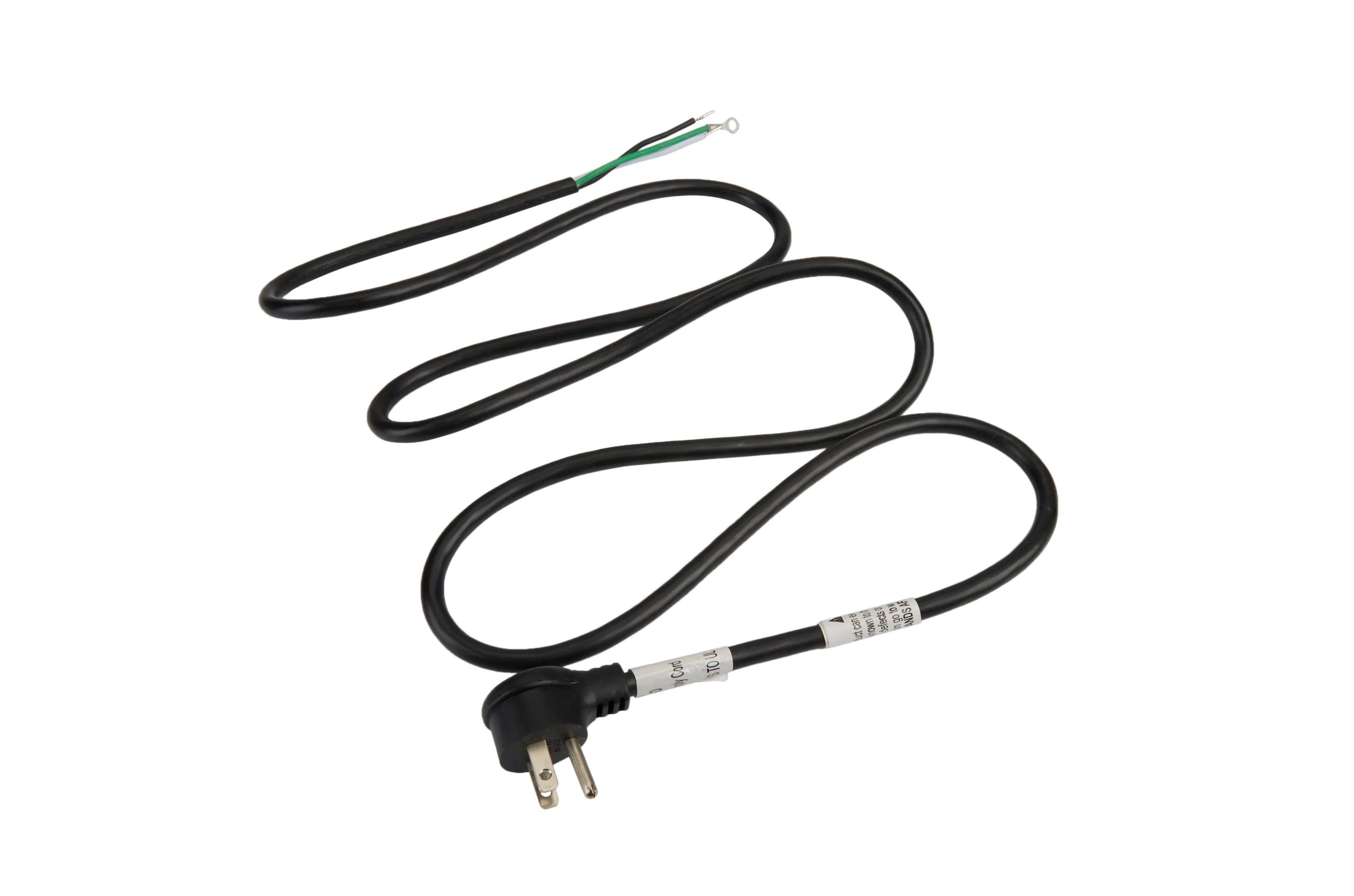
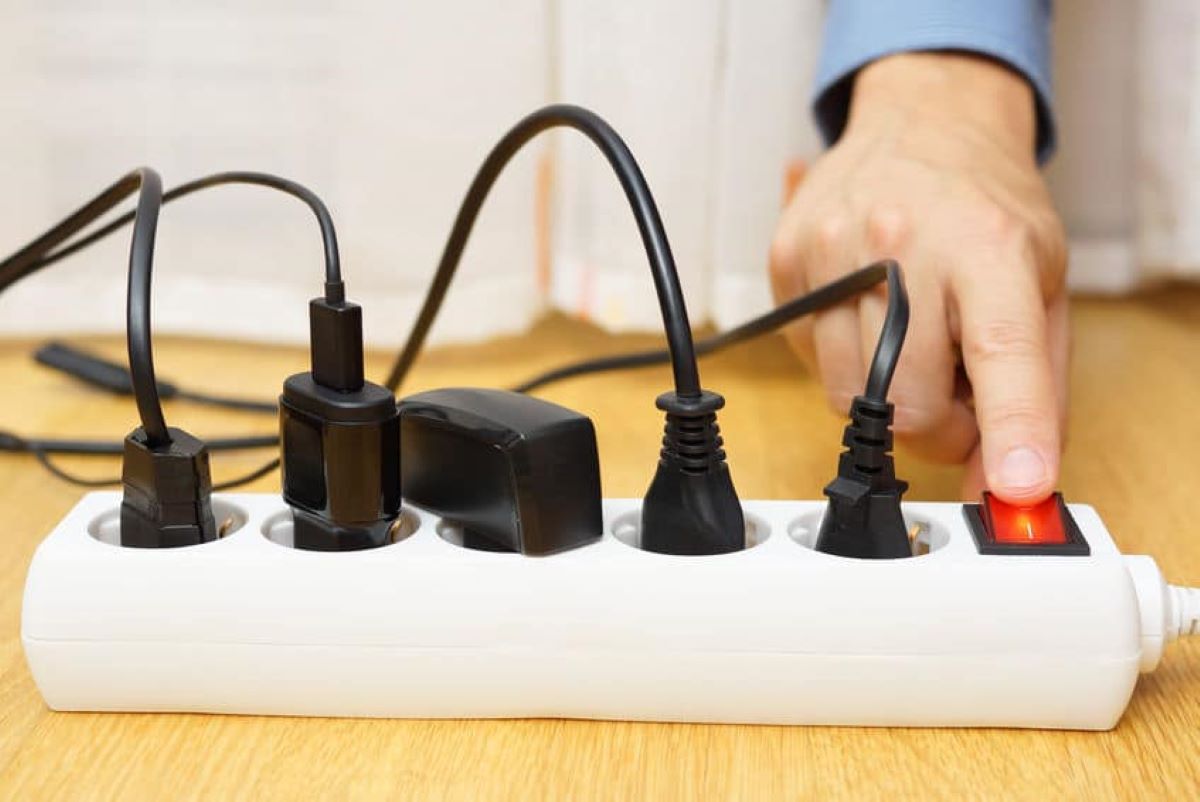

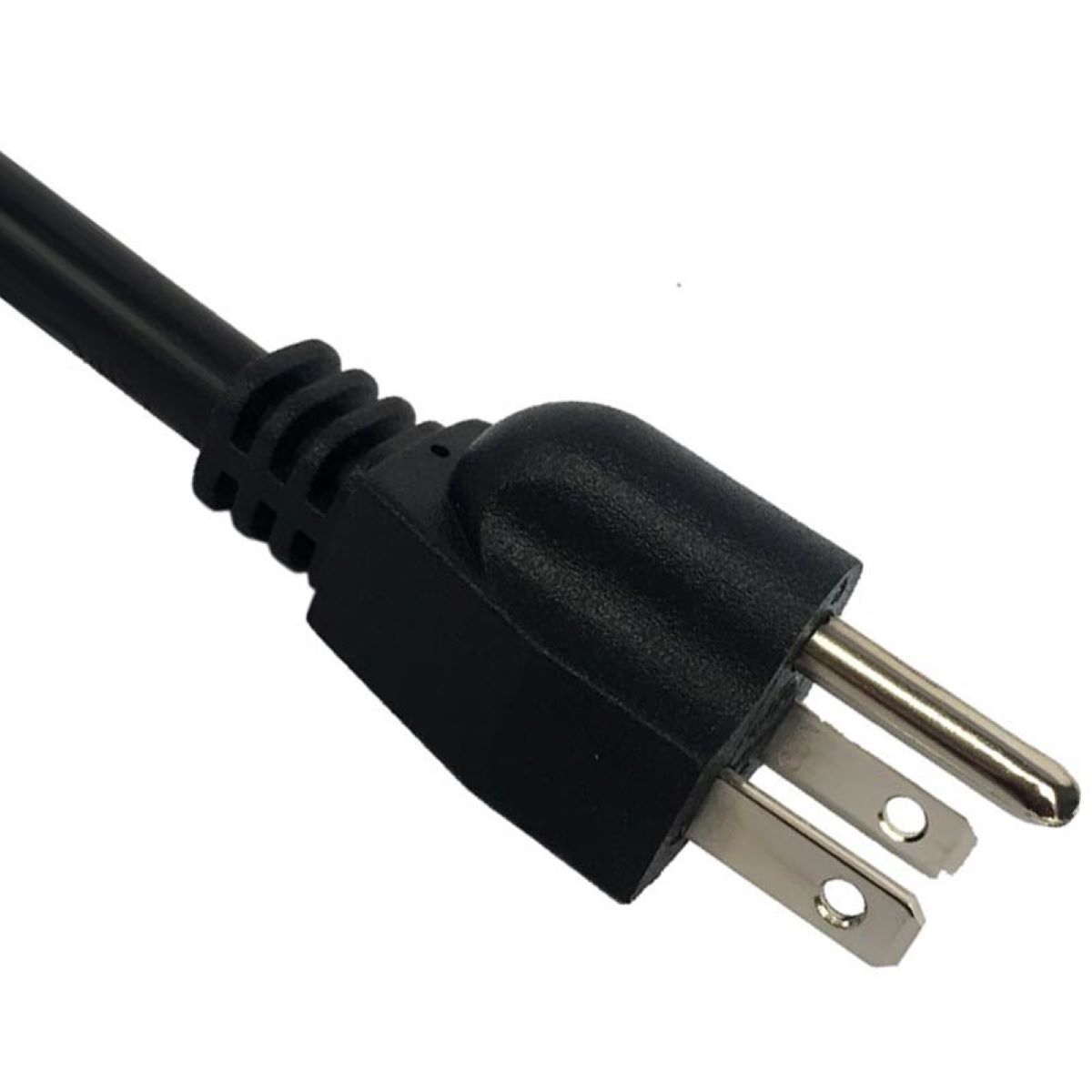

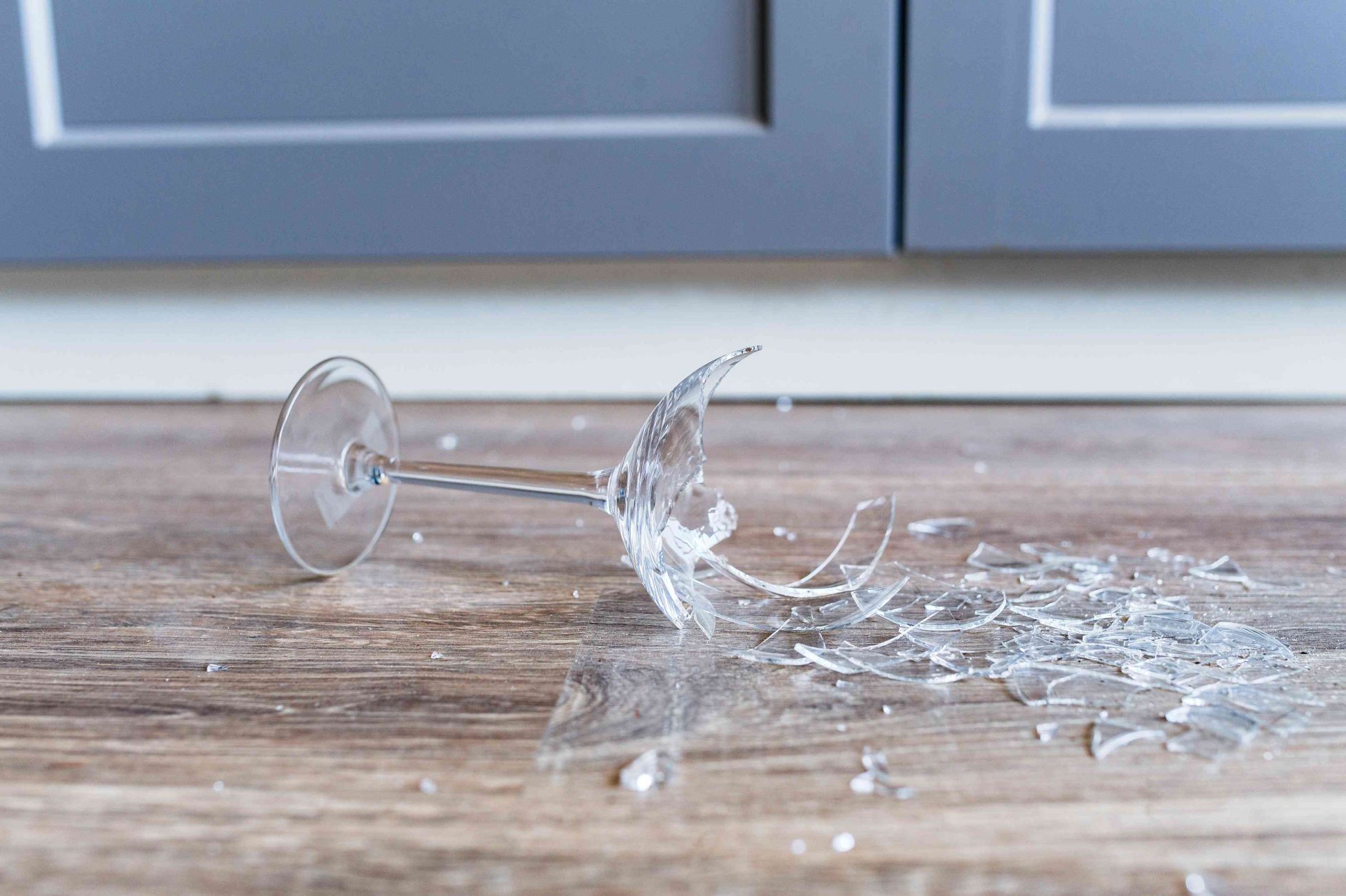
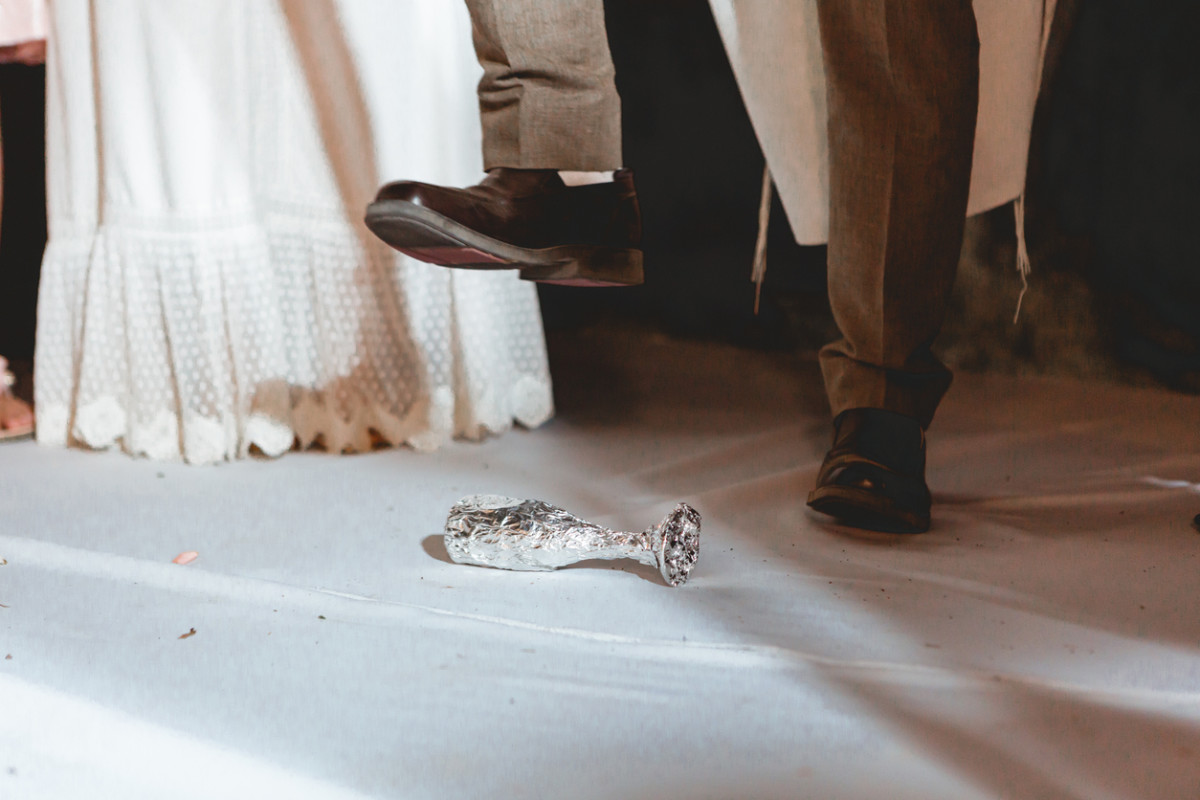
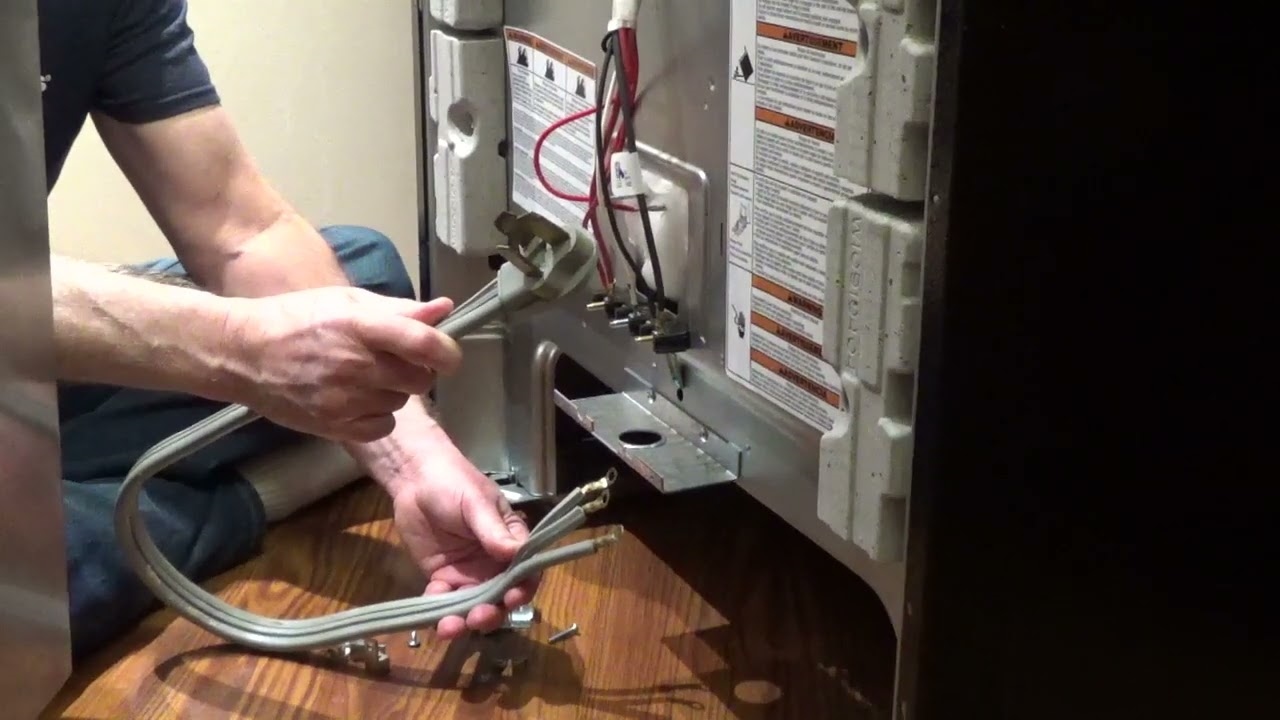
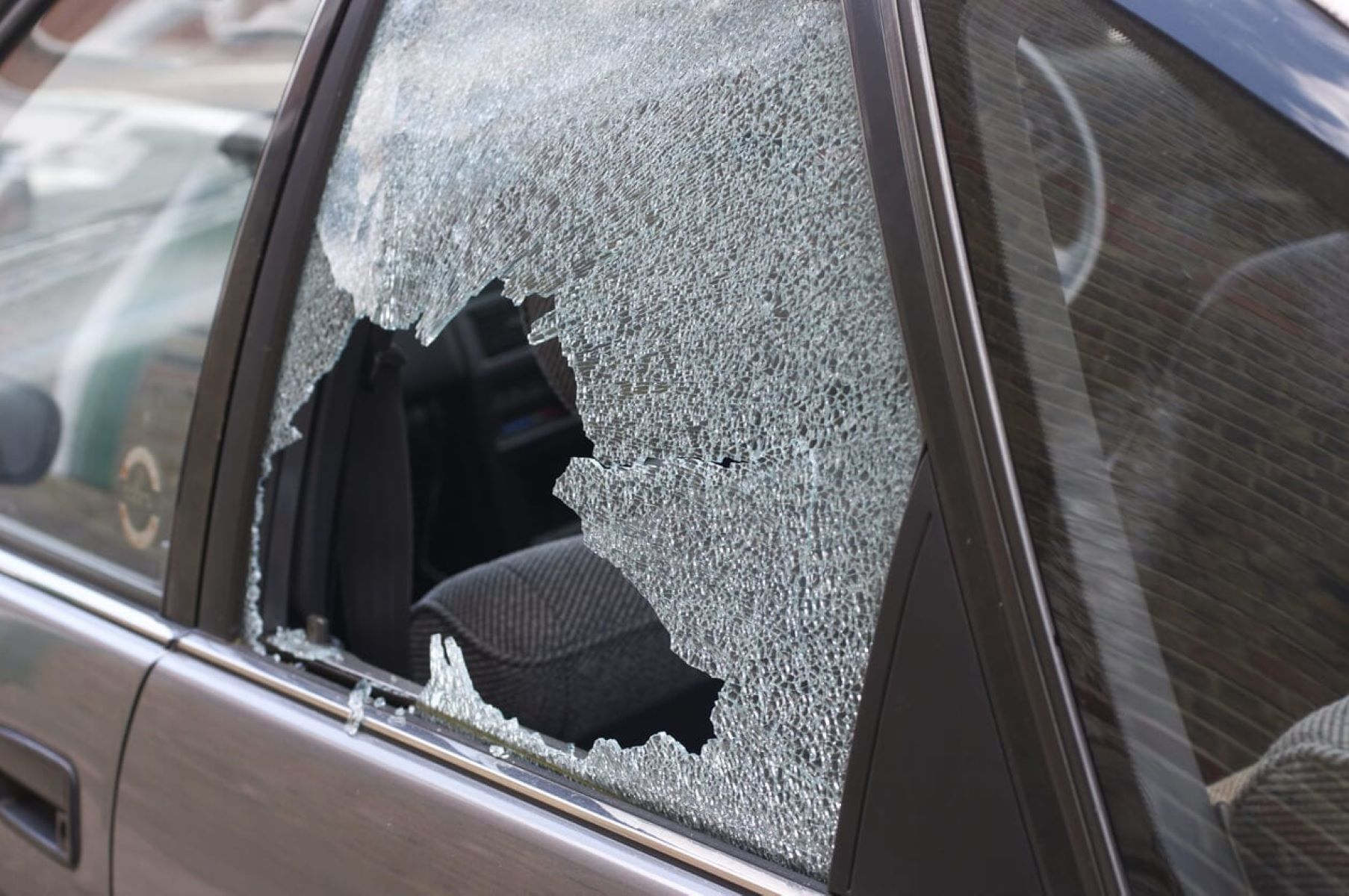


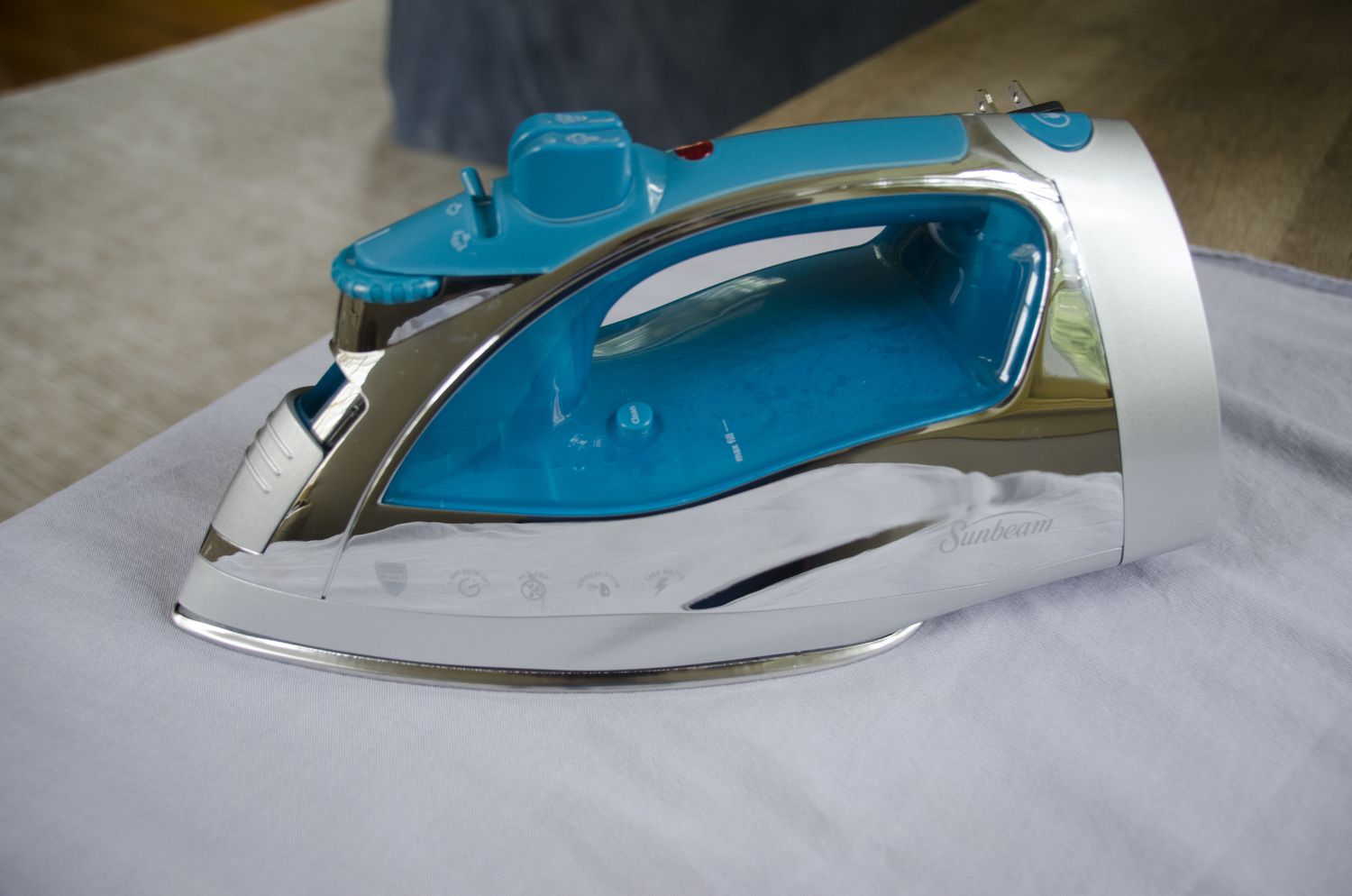

0 thoughts on “Why Is It Dangerous To Use An Electrical Cord With A Break In It”